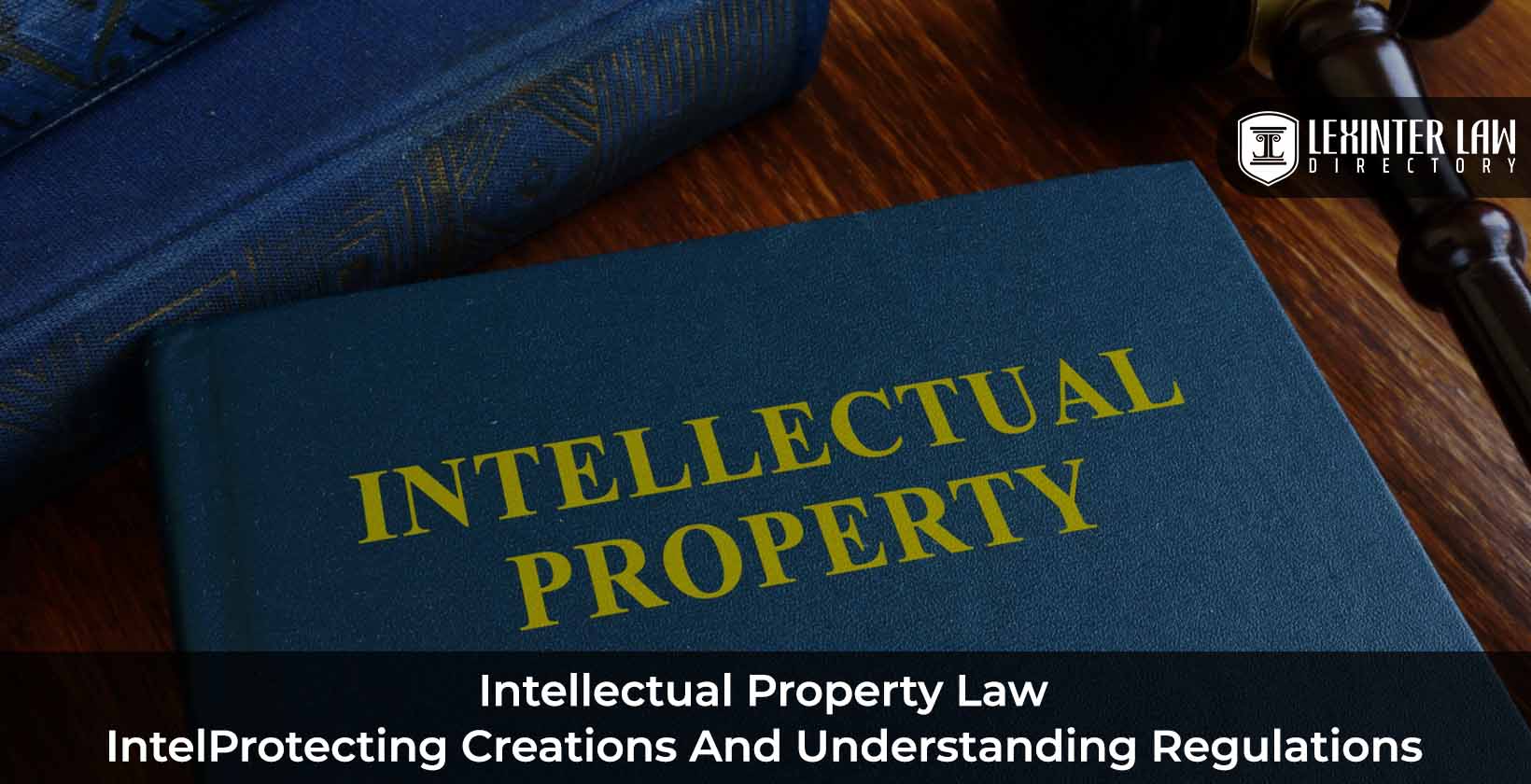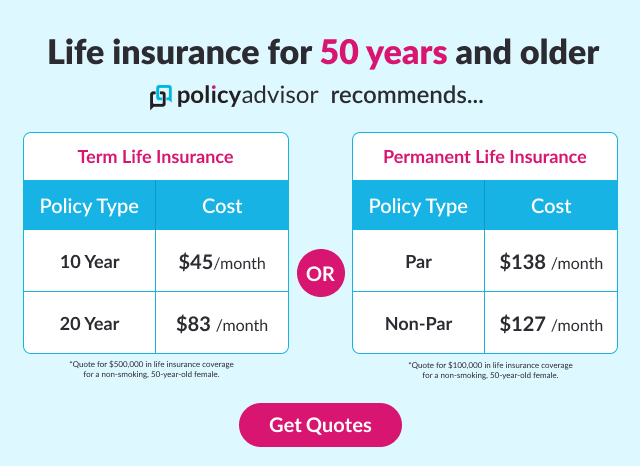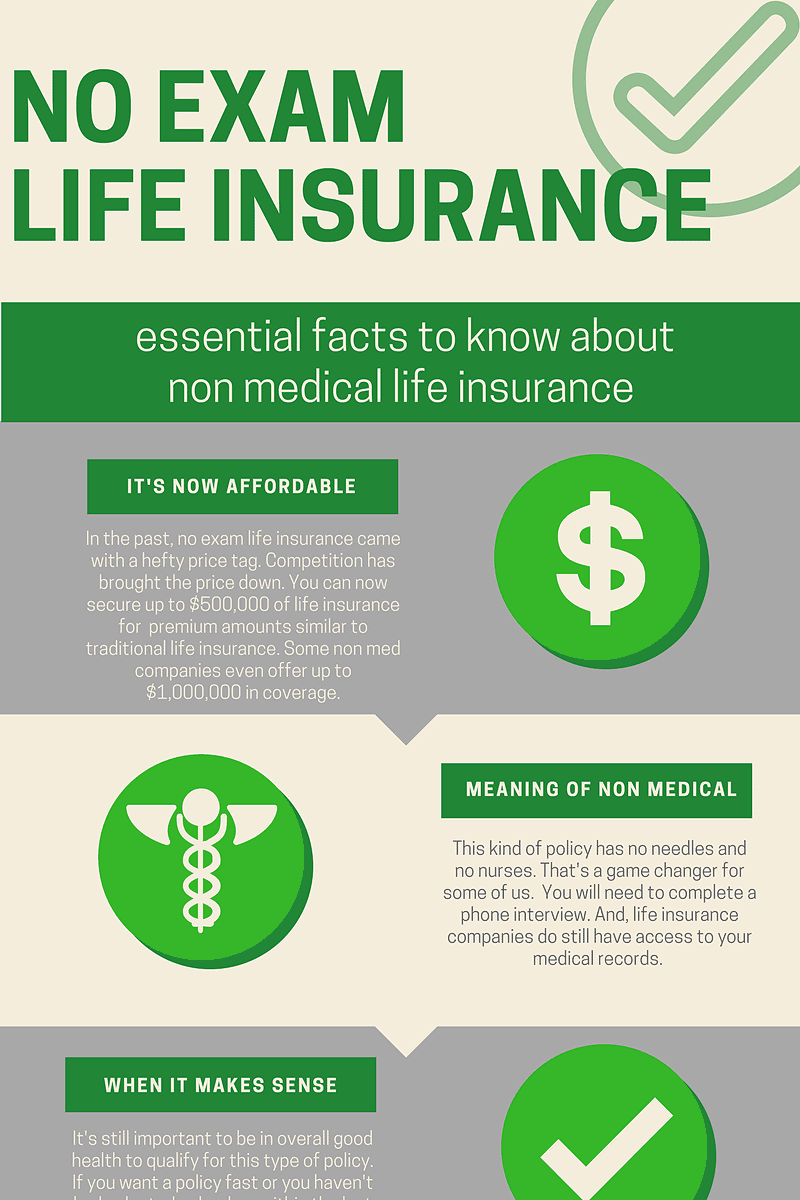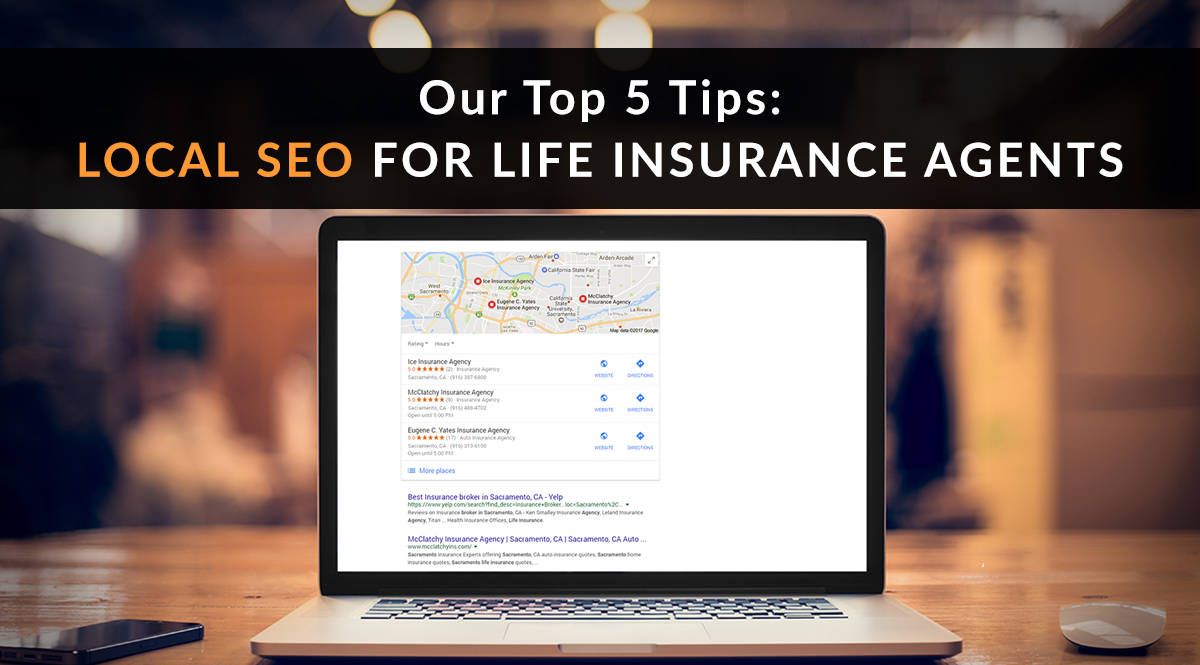Understanding No-Contact Car Accidents
In the rush of daily life, car accidents have become an unfortunate but inevitable part of our reality. While most accidents involve some form of physical contact between vehicles, there’s a unique scenario known as a “no-contact car accident” that presents its own set of challenges. Let’s delve into the intricacies of these collisions and explore what they entail.
In a no-contact car accident, as the name implies, the vehicles involved in the collision do not make direct, physical contact. Instead, they might come dangerously close to each other, causing one or both drivers to swerve or take evasive action to avoid a direct hit. While this may sound like a less severe type of accident, no-contact collisions can still lead to significant property damage, injuries, and even legal complications.
Picture this: you’re driving down a busy road when suddenly, a car veers into your lane, narrowly missing your bumper. The shock and adrenaline coursing through your body are undeniable. You swerve to avoid a collision, but in the process, your car skids off the road and into a ditch. Despite the lack of direct contact with the other vehicle, you’ve still been involved in an accident that could have serious consequences.
So, what causes no-contact car accidents? The reasons are as varied as the drivers involved. Some common factors include distracted driving, reckless behavior, mechanical failures, and inclement weather conditions. When drivers are not paying full attention to the road, they may fail to notice potential hazards and react appropriately, leading to near-misses and swerving.
No-Contact Car Accidents: A Guide to Understanding and Avoiding Them
Imagine this: you’re driving along, minding your own business, when suddenly, out of nowhere, a car swerves in front of you. You slam on your brakes, but it’s too late—you’ve just been involved in a no-contact car accident. Unfortunately, this scenario isn’t as uncommon as you might think. In fact, no-contact car accidents account for a significant number of crashes on our roads today. But what exactly causes these accidents, and what can we do to avoid them?
Causes of No-Contact Car Accidents
No-contact car accidents can be caused by a number of factors, including:
**Distracted driving:** Nowadays, we live in a world where people are constantly bombarded with distractions. From cell phones and text messages to social media and GPS devices, there’s no shortage of things that can take our attention away from the road. When we’re distracted, we’re more likely to make mistakes that can lead to accidents. In fact, studies have shown that distracted driving is one of the leading causes of no-contact car accidents.
**Speeding:** Speeding is another major cause of no-contact car accidents. When we drive too fast, we give ourselves less time to react to hazards and make decisions. This can lead to us rear-ending other vehicles, running red lights, or even losing control of our cars. It’s important to remember that the speed limit is there for a reason, and exceeding it can have deadly consequences.
**Reckless driving:** Reckless driving is any type of driving that puts other people at risk. This can include things like weaving in and out of traffic, tailgating, and making illegal lane changes. Reckless drivers are often overconfident and believe that they can handle any situation. However, this is simply not true. Reckless driving is one of the leading causes of no-contact car accidents, and it can result in serious injuries or even death.
**Other factors:** In addition to the three main causes listed above, there are a number of other factors that can contribute to no-contact car accidents. These include things like bad weather, poor road conditions, and mechanical failures. While we can’t always control these factors, we can take steps to reduce our risk of being involved in an accident. For example, we can avoid driving in bad weather if possible, and we can make sure that our cars are properly maintained.
By understanding the causes of no-contact car accidents, we can take steps to avoid them and keep ourselves and our loved ones safe on the road.
No-Contact Car Accidents: Reporting, Documentation, and Legal Implications
A no-contact car accident, also known as a hit-and-run, is a distressing experience that can leave you feeling shaken and confused. However, it’s crucial to remain calm and follow the necessary steps to protect your rights and ensure your safety.
Reporting No-Contact Car Accidents
Upon being involved in a no-contact car accident, promptly report it to the authorities. This is vital, even if the damage appears minimal. Reporting the incident provides an official record, initiates an investigation, and can help with insurance claims.
Gathering Evidence and Documentation
In the aftermath of a no-contact accident, gathering as much evidence as possible is essential. This includes:
-
Note the location, date, and time of the accident.
-
Obtain witness statements if there were any bystanders present.
-
Take photos of the damage to your vehicle, as well as any debris or skid marks left behind.
-
Seek medical attention if you sustained any injuries, no matter how minor they may seem.
Legal Implications and Pursuing Compensation
No-contact car accidents can have serious legal implications. The at-fault driver may face charges such as reckless driving or leaving the scene of an accident. As the victim, you may be entitled to compensation for medical expenses, property damage, lost wages, and pain and suffering.
To pursue legal action, it’s advisable to consult with an experienced personal injury attorney. They can help guide you through the complex legal process and ensure your rights are protected.
What is a No-Contact Car Accident?
A no-contact car accident is a type of crash in which two or more vehicles are involved, but there is no physical contact between them. These accidents can be challenging to prove, as there is no visible evidence of damage to either vehicle. However, there are steps you can take to increase your chances of getting compensation for your injuries and damages.
Collecting Evidence After a No-Contact Accident
To support your claim, collect as much evidence as possible. This includes:
- Photos: Take pictures of the scene of the accident, including any damage to your vehicle or surrounding property.
- Videos: If possible, record a video of the accident scene. This can provide valuable evidence of the damage and the other driver’s actions.
- Witness statements: Get the names and contact information of any witnesses who saw the accident. Their statements can help to corroborate your account of what happened.
- Police report: If there was a police officer at the scene of the accident, obtain a copy of the police report. This report will contain important information about the accident, including the officer’s observations and conclusions.
- Medical records: If you were injured in the accident, keep track of all your medical expenses. These records will help to document the extent of your injuries and the cost of your treatment.
Additionally, jot down every detail you can remember about the accident, including:
- The date, time, and location of the accident
- The make, model, and license plate number of the other vehicle
- A description of the other driver
- Any witnesses who saw the accident
- Any injuries or property damage you sustained
It’s also helpful to keep a journal of your recovery. This will help you to track your progress and document any ongoing symptoms or difficulties you are experiencing.
Navigating No-Contact Car Accidents: A Comprehensive Guide
Imagine this: you’re driving along, minding your own business, when suddenly, BAM! You’re rear-ended. But here’s the catch: the other car speeds off without so much as a glance back. Welcome to the bewildering world of no-contact car accidents, a situation that can leave you feeling shaken and uncertain about what to do next.
Fear not, because we’ve got you covered. This comprehensive guide will walk you through the ins and outs of no-contact car accidents, from filing insurance claims to protecting your rights. Buckle up and let’s get started!
Insurance Claims for No-Contact Accidents
After a no-contact car accident, contacting your insurance company should be your top priority. They’ll guide you through the claims process and help you get the compensation you deserve. Here’s a step-by-step breakdown:
- Gather evidence: Note down the time, location, and any details you can recall about the other vehicle, such as its make, model, and license plate number.
- Report the accident: File a police report as soon as possible. It will serve as official documentation of the incident.
- Contact your insurance company: Inform them about the accident and provide them with the details you’ve gathered.
- Cooperate with the investigation: Your insurance company will investigate the accident and may ask for additional information or evidence.
- Receive compensation: If your claim is approved, you’ll receive compensation for the damages to your vehicle and any medical expenses incurred.
Proving Fault in No-Contact Accidents
Determining fault in a no-contact car accident can be tricky, but it’s crucial for securing compensation. Here are some ways to prove the other driver’s negligence:
- Witness statements: If there were any witnesses to the accident, their statements can be invaluable in establishing fault.
- Camera footage: Check if there are any traffic cameras or dashcams in the area that may have captured the accident.
- Accident reconstruction: An accident reconstruction expert can analyze the damage to your vehicle and the scene of the accident to determine how it occurred.
Protecting Your Rights After a No-Contact Accident
After a no-contact car accident, it’s important to safeguard your rights. Here are some tips:
- Don’t admit fault: Never admit fault to the other driver or the police. It could weaken your claim.
- Contact a lawyer: If you’re struggling to prove fault or get fair compensation, consider consulting an attorney.
- Preserve evidence: Keep all documentation related to the accident, including medical records, police reports, and witness statements.
Additional Considerations
In addition to the main steps outlined above, here are a few other factors to keep in mind:
- Hit-and-run laws: Hit-and-run accidents are taken very seriously, and there may be specific laws in your state that apply.
- Uninsured motorist coverage: If the other driver was uninsured, you may be able to file a claim under your uninsured motorist coverage.
- Statute of limitations: There’s usually a time limit for filing an insurance claim or lawsuit after a car accident. Check your state’s laws to avoid missing any deadlines.
Remember, navigating a no-contact car accident can be challenging, but by following these guidelines and seeking professional help when needed, you can protect your rights and get the compensation you deserve.
No-Contact Car Accidents: A Guide to Understanding and Navigating
Imagine yourself driving along a busy road when suddenly, out of nowhere, a car swerves into your lane and collides with yours. You brace for impact, but to your astonishment, the other vehicle vanishes into thin air, leaving you in a state of shock and confusion. Welcome to the perplexing world of no-contact car accidents, a situation that can leave victims feeling bewildered and unsure of what to do next.
Preventing No-Contact Car Accidents
While it’s impossible to eliminate all risks on the road, there are several measures you can take to minimize the chances of being involved in a no-contact car accident:
- Practice safe driving habits: Obey traffic laws, maintain a safe following distance, and avoid aggressive driving.
- Stay alert and aware: Pay attention to your surroundings, scan for potential hazards, and anticipate the actions of other drivers.
- Avoid distractions: Keep your eyes on the road and your hands on the wheel. Put away your phone, avoid text messaging or using social media while driving.
Dealing with the Aftermath of a No-Contact Car Accident
If you’re unfortunate enough to find yourself involved in a no-contact car accident, it’s crucial to remain calm and take the necessary steps to protect yourself and your interests:
- Stop your vehicle: Pull over to a safe location and stop your car.
- Check for injuries: Assess yourself and any passengers for injuries. If you suspect any medical issues, seek medical attention immediately.
- Gather evidence: Take photos of your vehicle’s damage, the location of the accident, and any other relevant surroundings. Collect witness information if possible.
- Report the accident: Contact the police and file an accident report. Provide them with all the information you’ve gathered.
- Contact your insurance company: Notify your insurance provider about the accident and provide them with the details of the incident.




Leave a Reply